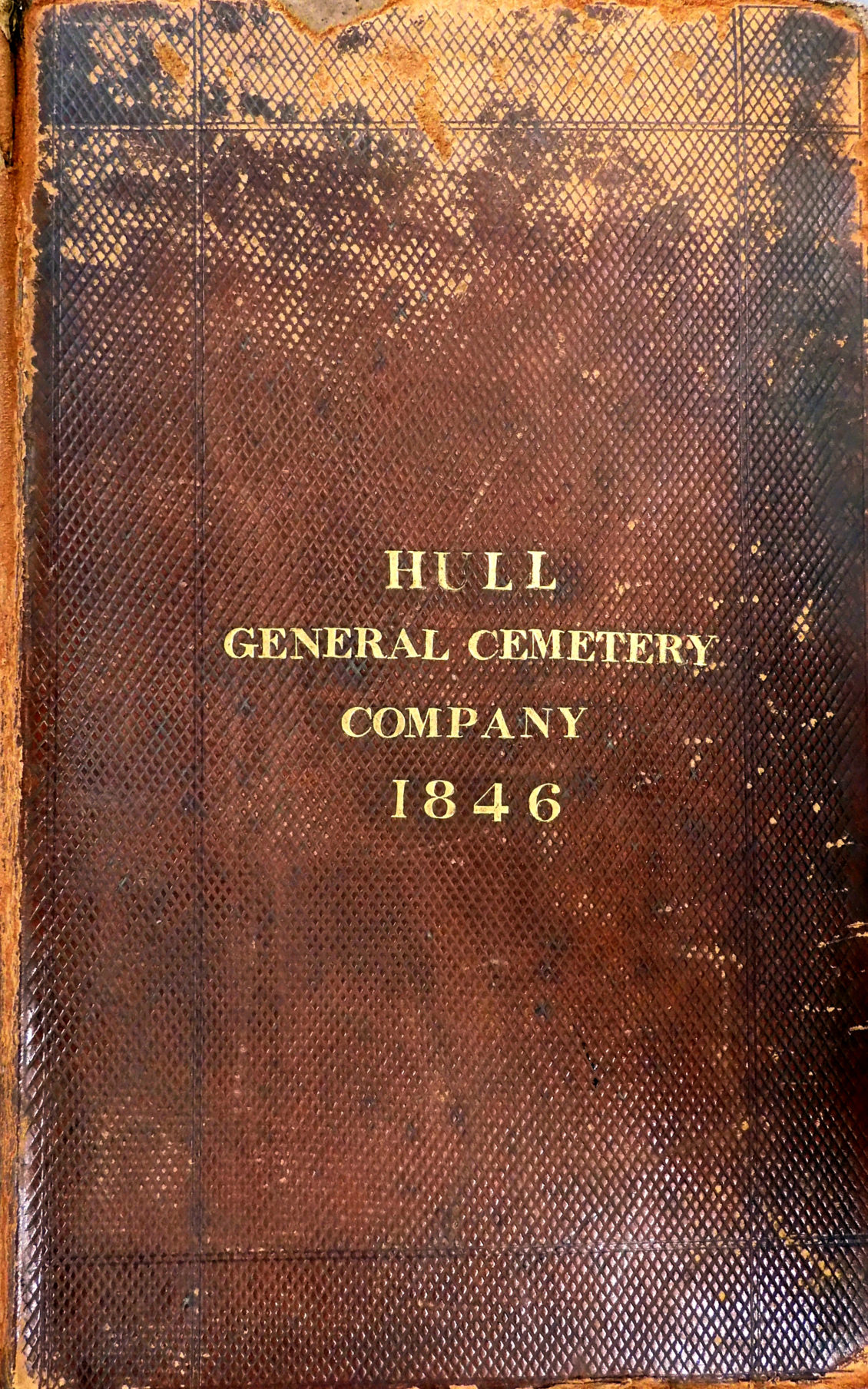This month’s anniversary I’m afraid does not have a Christmas theme. In fact it’s quite morbid in parts but well, we are talking about a cemetery so that comes with the territory.
As some of you may remember the Cemetery Company signed an agreement with the Union workhouses of both Hull and Sculcoates. Part of that agreement was that the Company would arrange to have any inmate of the workhouses who died brought to the Cemetery as soon as possible and placed in the Company’s Dead House, or what we would call a mortuary. That cemeteries had such buildings was quite common. Castle Street had one but it had a bad reputation as bodies left in the building were often found to have been partly eaten by the many rats that lived on the docks and in the cemetery. As such it was closed down and the Spring Street Mortuary replaced it in the early 20th century. The present City mortuary is situated on the HRI site.
Complaint
On the 30th December 1850 John Shields, the superintendent, received a deputation from the stonemasons He passed this complaint on to the Board of Directors. John Shields reported that,
‘complaints had been made by the stonemasons engaged in the Company’s stone shed of the dangers likely to arise from the near proximity of the Dead house to such shed’
It’s difficult to see today what the concerns were based upon. The risk of catching something infectious from any of the dead bodies lying in the Dead House would have been minimal. Especially as the mason’s would not have had reason to touch them. However, the idea of how one caught a disease was quite different in those times. Medical practice and beliefs in the Victorian period were still firmly rooted in medieval practices. Blood letting via leeches was seen as a common remedy for a host of illnesses. The idea that the ills of the body were dominated by the four ‘humours’ of the body was still current. The ‘new’ idea of inoculation was still viewed with suspicion and common hygiene, such as washing one’s hands before performing an operation, was regarded as unnecessary and probably eccentric.
Miasmic
The major belief in how one caught an illness or disease was based upon the miasmic theory. This was the idea that ‘bad air’ caused disease. It was an intriguing idea. At least to a population who had no idea of the existence of germs or viruses, it was quite plausible. So, it was probably this idea that had prompted the complaints from the stonemasons.
That this complaint was seen as reasonable is recognised by the response to it by the Board.
‘the matter having been fully considered by the Board it was ordered that the use of the present dead house be discontinued and that a new one be forthwith built on the vacant ground behind the chapel.’
So the Company Dead House was moved and presumably the stonemasons were now happy.
The new Dead House site?
Another intriguing aspect of this incident is the phrase, ‘on the vacant ground behind the chapel’. Of course whereabouts this ‘vacant ground’ was is a little mystery. It all depends upon where you stand when describing something as ‘behind’ something else. The east of the chapel was already occupied by the catacombs the Company sold. As such it cannot have been there. To the south was a path and to the north was Mr Wilkinson’s land. The Company would not have dared to build anything on his land after their legal tussles in 1847. So by process of elimination the new Dead House must have been built on the land to the west of the chapel.
How long it lasted is open to question. The land to the west of the chapel was sold as burial spaces in the 20th century. The Workhouses themselves terminated their arrangements with the Cemetery in the 1920s. As such it is reasonable to suppose that the Dead House continued to be used for the greater part of the 19th century. It probably fell into abeyance as the Cemetery entered the 20th century. All traces of this building have disappeared. It probably was quite shoddily built. It would have been removed to provide room for more grave spaces.
By the way this is the last in the series of anniversaries. I hope you’ve enjoyed the glimpses into the life of the Cemetery.

Pete Lowden is a member of the Friends of Hull General Cemetery committee which is committed to reclaiming the cemetery and returning it back to a community resource.

